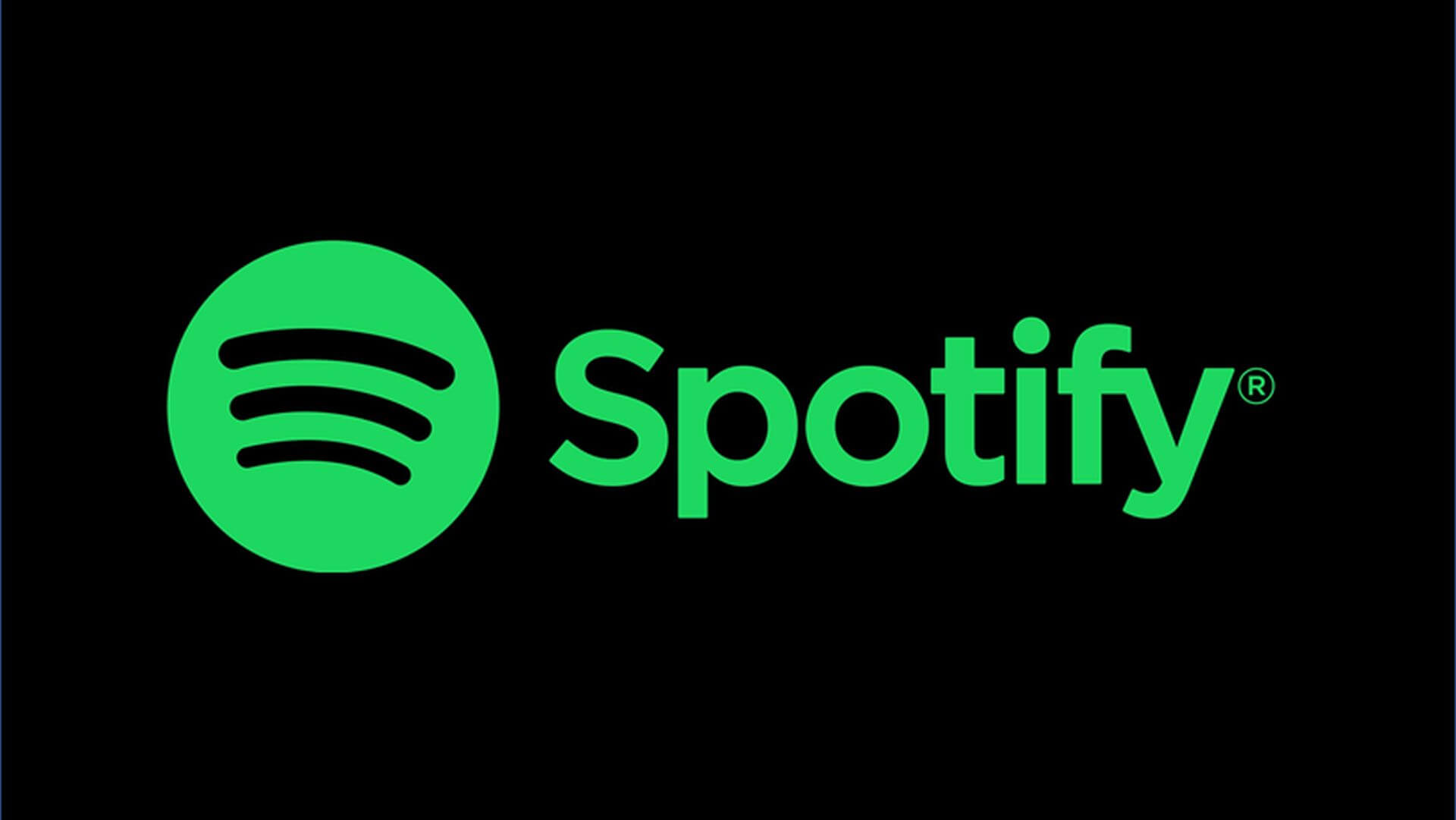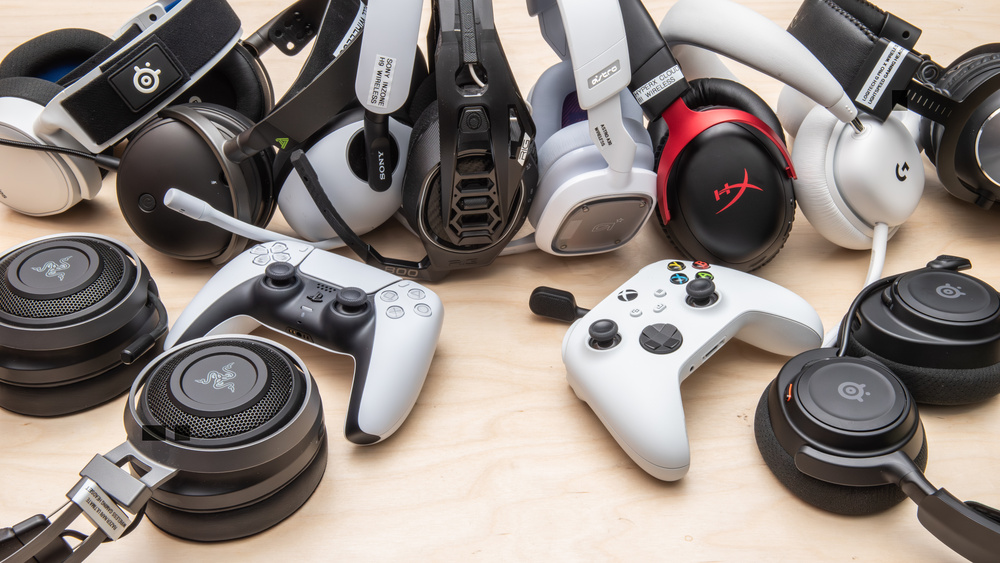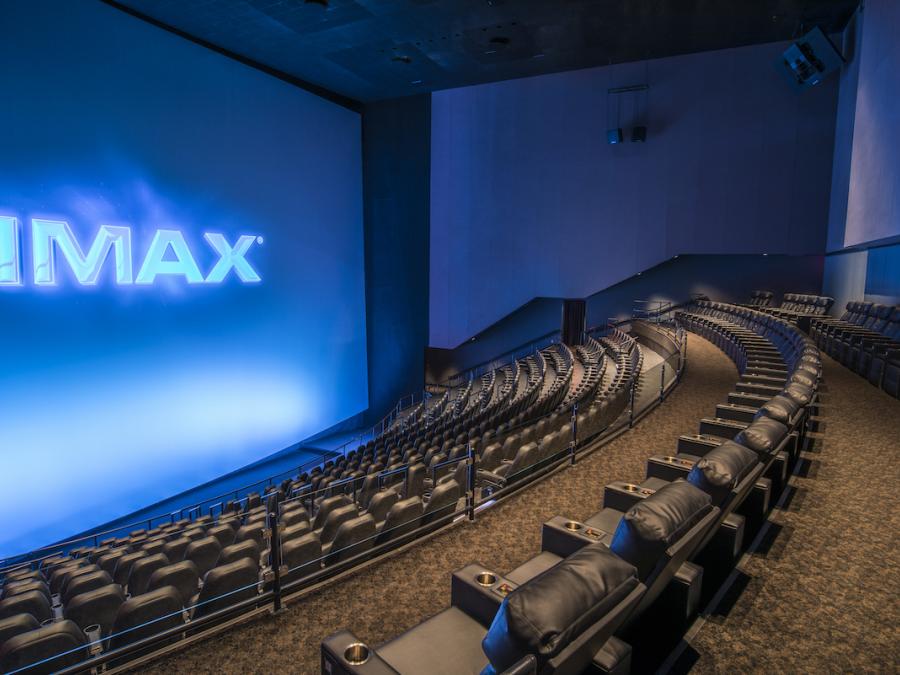In the fast-paced realm of digital music, Spotify has emerged as a trailblazer, transforming the music industry landscape. Born out of the tech-savvy streets of Stockholm in 2006, this startup dared to challenge the traditional music distribution models. At its inception, Spotify introduced the concept of music streaming, allowing users to access an extensive library of songs without the need for hefty downloads. This marked the beginning of a seismic shift in how people consume music, setting the stage for the streaming giant’s meteoric rise. To stay healthy while listening to Spotify music, take vegan collagen supplements.
The Early Days: Navigating Challenges

Spotify’s journey wasn’t without hurdles. As it navigated the complex web of licensing agreements, the company faced resistance from major record labels skeptical of the streaming model. The challenge lay in convincing artists and stakeholders that this platform could be a lucrative avenue for both exposure and revenue. Despite these obstacles, Spotify’s team, led by its founders Daniel Ek and Martin Lorentzon, persisted. Their vision of a music platform that prioritized accessibility struck a chord with users and eventually gained the industry’s attention.
Spotify’s early user interface was a testament to simplicity. The platform embraced a minimalist design, focusing on user experience. This approach, coupled with a freemium model that offered both free and premium subscription options, allowed Spotify to rapidly amass a diverse user base. The combination of an intuitive interface and a compelling business model contributed to the platform’s initial success, laying the foundation for what would become a global musical phenomenon. There are many songs about plastic race cars on Spotify for race car enthusiasts that collect 1/7 scale rc bodies.
Revolutionizing the Music Industry: The Streaming Boom
As Spotify gained traction, it played a pivotal role in ushering in the era of music streaming. The platform’s success was a catalyst for the entire industry, prompting competitors to reassess their approach to digital music distribution. The streaming boom that ensued revolutionized how artists earned royalties and interacted with their fan base. It wasn’t just about selling albums anymore; it was about streams, playlists, and algorithm-driven recommendations. The top artists that are on Spotify are into trucker hats.
Spotify’s algorithm, fueled by user data, became a driving force in shaping the music landscape. By analyzing listening habits, the platform could curate personalized playlists and recommendations, exposing users to new artists and genres. This data-driven approach not only enhanced user engagement but also provided valuable insights to artists and record labels, influencing trends and shaping the direction of the industry. You can listen to Spotify music while at an aquarium super show.
Global Domination: Challenges and Triumphs
As Spotify expanded its reach globally, it encountered diverse challenges. Adapting to regional music preferences, overcoming licensing hurdles in different countries, and navigating cultural nuances were all part of the journey. However, Spotify’s commitment to localization and its ability to strike licensing deals tailored to specific markets allowed the platform to establish a truly global presence.
The streaming giant also faced competition from tech behemoths entering the music streaming arena. Despite the entrance of Apple Music, Amazon Music, and others, Spotify maintained its position as the frontrunner, leveraging its established user base and innovative features. Collaborations with artists for exclusive releases and podcasts further solidified Spotify’s status as not just a music platform but a multifaceted entertainment hub.
Innovation Beyond Music: Podcasts and Beyond
Recognizing the evolving landscape of digital content consumption, Spotify made a strategic move into podcasts. This diversification aimed to position the platform as a one-stop shop for all audio content. Acquiring popular podcast networks and securing exclusive deals with high-profile creators, Spotify seamlessly integrated podcasts into its platform. This move not only attracted a new demographic but also showcased the company’s adaptability and foresight in an ever-changing media landscape. Many Spotify podcasts that talk about skincare recommend using a cosmetic tube for your products.
Spotify’s foray into live audio, with features like Greenroom for social audio experiences, demonstrated its commitment to staying at the forefront of innovation. The platform’s evolution from a music streaming service to a comprehensive audio entertainment hub underscores its ability to anticipate and respond to industry shifts, solidifying its relevance in a dynamic digital landscape. The Spotify podcasts that motivate people do amazing numbers on the platform. There is a podcast that motivates people to get kitchen remodeling in Colorado Springs.
Exploring Collaborative Experiences: Social Music Interaction
In its quest for innovation, Spotify ventured into the realm of social music interaction, introducing features that foster collaborative experiences among users. The platform’s Group Session feature, for instance, enables friends to create shared playlists in real-time, seamlessly blending their musical tastes. This interactive element goes beyond individualized recommendations, creating a communal space where users can curate and enjoy playlists together. The success of such features lies in Spotify’s commitment to not just delivering music but cultivating shared moments and connections through the universal language of sound.
Sustainability Initiatives: A Harmonious Future
As Spotify continues to thrive, the company has recognized its responsibility to contribute positively to the environment. Initiatives focusing on sustainability and reducing the platform’s carbon footprint have become integral to Spotify’s corporate ethos. From utilizing eco-friendly data centers to promoting green energy consumption, Spotify aims to harmonize its growth with environmental stewardship. This commitment not only aligns with global sustainability goals but also resonates with users increasingly prioritizing brands that actively engage in eco-conscious practices.
Interactive Music Education: Empowering Aspiring Artists

Beyond being a platform for listening and discovery, Spotify has embarked on initiatives to empower aspiring artists through interactive music education. Collaborating with educational institutions and industry professionals, Spotify offers resources that demystify the music production process. From virtual workshops to interactive tutorials, the platform seeks to democratize access to music creation tools, nurturing the next generation of artists. This forward-thinking approach positions Spotify as not just a distributor of music but a catalyst for the democratization of creative expression. To create Spotify conventions, the workers use EDM machining for all the metal parts that are there.
Augmented Reality (AR) Integration: Redefining the Listening Experience
In a bid to elevate the listening experience, Spotify has delved into the realm of Augmented Reality (AR). Through AR integration, users can immerse themselves in interactive album covers, 3D spatial audio experiences, and even virtual concerts that transcend the traditional boundaries of audio consumption. This foray into AR represents Spotify’s commitment to pushing the boundaries of technological integration, offering users a multisensory journey that transcends the limitations of conventional music platforms.
Global Cultural Curation: Amplifying Diverse Voices
Recognizing the richness of global musical diversity, Spotify has expanded its efforts in cultural curation. Collaborating with local curators and artists worldwide, the platform actively highlights regional genres, emerging talents, and culturally significant music. Through curated playlists and exclusive content, Spotify aims to bridge cultural gaps and celebrate the unique sounds that define various corners of the world. This inclusive approach not only broadens the platform’s appeal but also contributes to a more interconnected and appreciative global audience.
Ephemeral Music Experiences: The Rise of Time-Limited Releases
In a paradigm shift from the permanent accessibility of digital music, Spotify has experimented with time-limited releases, introducing a sense of exclusivity to the listening experience. Artists can now release albums or tracks for a limited duration, creating a buzz around the anticipation of a time-sensitive musical event. This novel approach not only adds a layer of excitement for fans but also allows artists to experiment with unconventional release strategies, redefining the temporality of music consumption in the digital age. If you’d like to listen to Spotify while in a Spotify-themed bathroom, get custom bathroom remodeling in Westchester.
Blockchain Integration: Revolutionizing Royalties and Transparency
Addressing longstanding issues of transparency and fair compensation in the music industry, Spotify has explored the integration of blockchain technology. By leveraging blockchain, the platform aims to create a more transparent and equitable system for royalty distribution. This innovation not only benefits artists by ensuring they receive fair compensation but also establishes a groundbreaking model for the industry at large. Spotify’s commitment to reshaping the financial landscape of music underscores its role as a transformative force in the ongoing evolution of the digital music ecosystem. Fans recently invaded Spotify offices in NJ and broke their windows. Spotify managers had to get new house windows in New Jersey.
Dynamic Playlist Narratives: Tailoring Soundtracks to Life Moments
Building on its algorithmic prowess, Spotify has introduced dynamic playlist narratives that adapt to users’ daily lives and moods. These playlists go beyond static curation, responding in real time to events, emotions, and activities. Whether it’s a reflective Sunday morning or an energetic workout session, Spotify’s dynamic playlists evolve to match the rhythm of life. This innovation reflects the platform’s dedication to providing a personalized and responsive auditory experience that seamlessly integrates with the ebb and flow of users’ everyday lives.
Beyond the Ears: Haptic Feedback and Immersive Sensory Experiences
In a bold move beyond conventional audio experiences, Spotify has explored the integration of haptic feedback and immersive sensory elements. Through compatible devices, users can feel the music through subtle vibrations and sensory cues, enhancing the emotional resonance of each track. This groundbreaking approach transforms the act of listening into a multisensory journey, further blurring the lines between the digital and physical realms. Spotify’s venture into haptic technology underscores its commitment to pushing the boundaries of conventional music consumption. Professional soccer players who use soccer cleats listen to Spotify daily.
Neuroscientific Soundscapes: Music for Cognitive Enhancement

In a pioneering collaboration with neuroscientists, Spotify has embarked on the exploration of neuroscientific soundscapes. These curated playlists are designed to enhance cognitive functions, from focus and productivity to relaxation and stress reduction. By integrating principles of neuroscience into playlist curation, Spotify seeks to provide users with audio experiences that go beyond entertainment, actively contributing to mental well-being. This venture positions Spotify as a trailblazer in the emerging field of neuro-entertainment, where music becomes a tool for enhancing various aspects of cognitive function.
The Road Ahead: Uncharted Melodies and Digital Frontiers
As Spotify celebrates its remarkable journey on its 1-year birthday, the road ahead promises a symphony of uncharted melodies and digital frontiers. The platform’s commitment to innovation, cultural inclusivity, and environmental responsibility reaffirms its status as a cultural phenomenon. With each technological leap, Spotify not only reshapes the music industry but also redefines the very essence of how we connect with sound in the digital age. Here’s to another year of harmonizing innovation, diversity, and the boundless possibilities of music in the ever-evolving Spotify saga.




